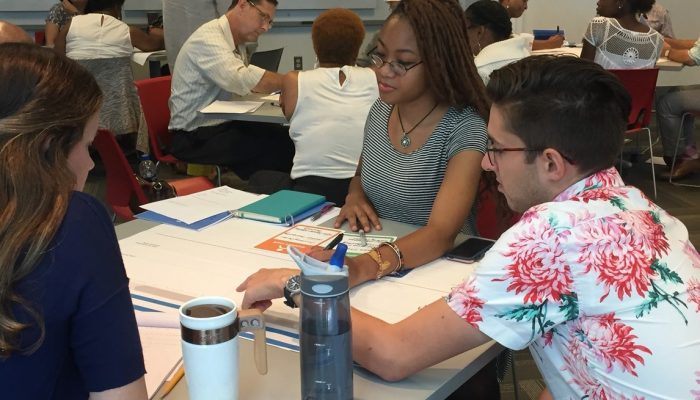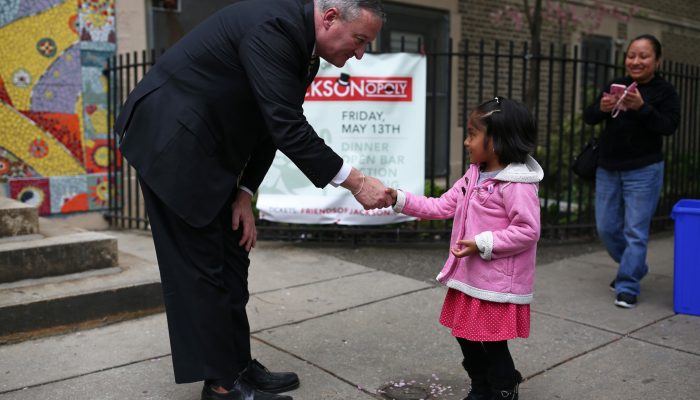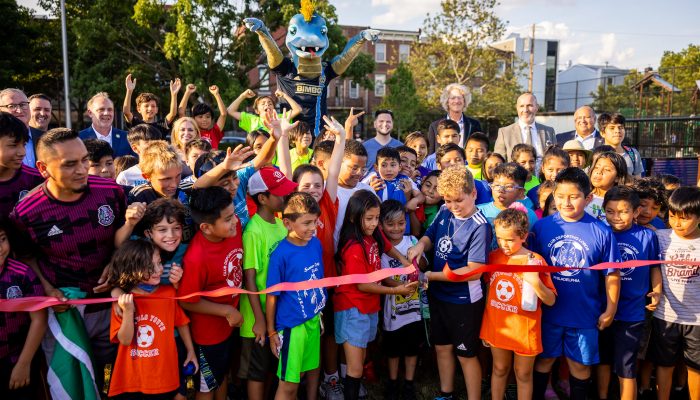The PHL Participatory Design Lab has been working on exciting initiatives over the past year, including co-designing an improved intake system with the Office of Homeless Services and working with the Department of Revenue to improve participation in the Owner Occupied Payment Agreement Program.
In February 2018, the Design Lab team launched monthly, one-hour learning sessions for City employees to share methods and tools that they could use in their work. Each month, there was something new to cover — behavioral science, equity-centered design, the ins and outs of grant applications, the list goes on. Check out eight of our favorite insights from the learning sessions:
Communicate effectively. Provide your stakeholders with the right kind of information, and the right amount of information, at the right time, and in the right format.
Experiments help you measure your impact. They answer questions about how to provide services and help residents. They measure your impact separately from other factors that are out of your control.
People are systemically irrational. If we better understand how they think and act, we can use that information to help improve policies, services, and programs. Behavioral science gives us that important insight.
Acknowledge personal bias. Bias impacts how we approach the creation of policies, programs, and services. Recognizing our own assumptions can reduce our blind spots.
Data doesn’t have to mean numbers. Do you hear “data” and immediately think about figures and spreadsheets? Don’t forget that observations and conversations are also very important forms of data!
When grant writing, be clear about the problem you’re solving. Get lots of feedback on your grant application from colleagues, supervisors and front-line staff. Your writing process should be collaborative.
Use service design methods for a holistic view. Service design considers the full-service experience of recipients, front-line staff, leaders, advocates, and service partners.
Always leave people better off. If you plan to engage with a group of people around any kind of work, always make sure that you’re having a positive impact. After an interaction, follow up with next steps and follow through by taking action.




